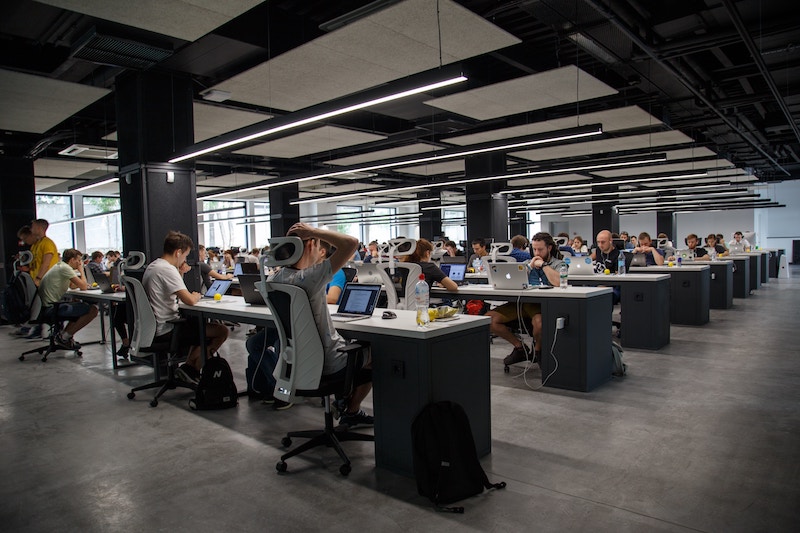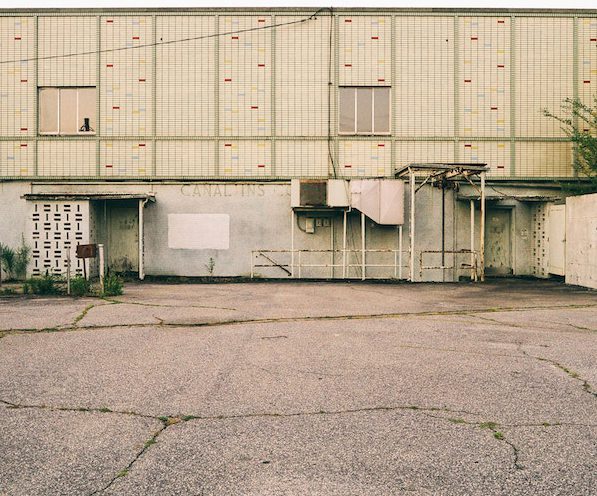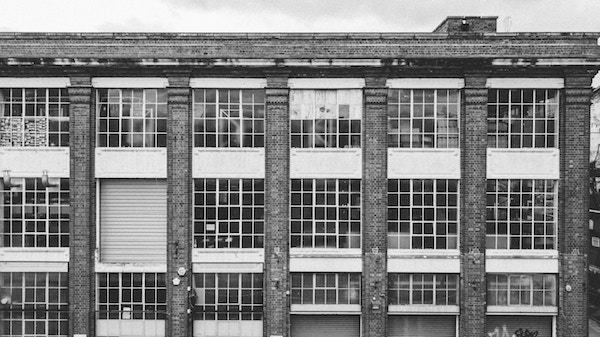How does flexible workspace change the way we approach a lease expiry?
How does flexible workspace change the way we approach a lease expiry?
Further to an article written here recently, Top 5 Mistakes When Leasing New Property, this month saw an announcement that may mark a milestone in the evolution of commercial real estate in Australia. One of the larger coworking space/serviced office providers, or simply “flexible workspace” providers as there is little now to distinguish between the two, leased an entire building, or at least all of the office space in it. The, as yet to be built, Daramu House in Sydney’s Barangaroo precinct will house 10,000m2 of flexible workspace for the large US based provider WeWork.
As you probably have noticed the flexible workspace market is booming. The quantum of flexible space grew by over 25% in Sydney alone in the last 12 months, not including the Barangaroo deal. Flexible space now accounts for 2.5% of all office space in Sydney, according to a recent Colliers report. Compared to many major cities this is low, suggesting there is a long way to go yet.
There is nothing new about the desire for flexibility. Small businesses, start-ups and those seeking project space have been using serviced offices for decades now. The demand has grown as prosperity is fertile ground for new ventures, and technology has allowed us to work anywhere. The long-term lease becomes increasingly hard to reconcile with our fast-paced business environment so the ability to up size, rapidly, proves to be very attractive. This is only part of the story. Community is what it’s all about for many providers with some offering a mini version of LinkedIn for its members, allowing them to communicate and collaborate online as well as in their coworking spaces. The attraction of flexible space will continue to grow.

So how does the growth of flexible workspace impact on the way we approach the expiry of a company’s lease over commercial space? As discussed here previously a forthcoming lease expiry requires careful planning and, ideally, plenty of time. We begin with a business case for the move. What are the objectives? What growth do we factor in? How do we cater for the demographics of staff and customers? What aspect of our business is fixed and what is flexible? It is this last question that takes on new meaning when we start to consider how our approach to a lease expiry may change given the increased prominence of flexible space in the market.
The process of determining how much space and where is driven by a company’s history, a change in the market for its goods and services, its success or failure in tapping that market, the demographics of the staff, the location of customers, suppliers and amenities. The list goes on. More often than not change in the amount of space a business occupies from one lease to another is incremental as opposed to meteoric. There are obviously exceptions to this rule but they are exceptions. The same could be said of location. A business that has grown in North Sydney, for example, is perhaps likely to remain there. Dramatic change in location could result in the loss of staff or customers. Flexible workspace may change these patterns.
Building owners are now factoring into their plans the provision of flexible space to their tenants. This permits companies to lease space in the knowledge that additional meeting rooms, work areas and other facilities are available to them should the need arise, giving them the comfort that comes with knowing there is room for growth should that be a one-off requirement as a result of a project or an ongoing need for additional external meeting rooms. The theory is therefore that tenants can lease “core” space under a traditional lease agreement i.e. a fixed amount for a fixed period and “flex” space on an as needed basis. This provides flexibility with the quantity of space required but, obviously, not the location as it is specific to these buildings and their tenants.

We can now approach a lease expiry with the ability to cater for flexibility in both size and location. That is by incorporating into our requirements “flex” space via a Service-level Agreement (SLA) with a national or global flexible workspace provider. Of course, companies have been using serviced offices and coworking space for years to cater for their needs in new markets or for project space but that’s not what we are talking about here. Instead to go to market, in a competitive tender situation, for flexible space as part of, and in conjunction with, the search and negotiation for “core” space under the usual RFI process. The market for flexible space is both diverse and competitive and even has its own brokerage firms. We can tailor the tender process to suit the needs of company sales teams or those who are often out of the office, for whatever reason. The requirement can include the type of facilities needed, hot desks or breakout/lounge areas for example, but also the level of security both for belongings and data, the latter via dedicated routers and switches housed in the flexible workspace provider’s server room. The SLA would then align with the lease over fixed space and complement that space. Key to this is the possibility that inclusion of flexible space in a company’s workplace strategy may well lead to a situation where we have greater flexibility in where a company locates fixed space, possibly in lower cost locations closer to the homes of staff members. The outcome, a significant reduction in the cost of occupation and greater flexibility in how we work.
Further colouring the possible use of flexible space in a property requirement is the current state of the commercial property markets. If vacancy rates for office space are low, as they currently are for Sydney and Melbourne CBD’s for example, the use of flexible space in a requirement provides companies with an opportunity to limit the impact of low vacancy rates i.e. move the market in favour of the tenant to some extent. The next decade will prove interesting for an industry short on disruption.
Northburn Partners provides property solutions to users of commercial and industrial property. Our clients are SME’s, not-for-profits, listed Australian companies and multinationals. We are proud of our independence and work exclusively for end users of property. We provide this service across Australia.
Get in touch if you have a lease expiry, property requirement or would like to discuss this article. We look forward to being of assistance.






